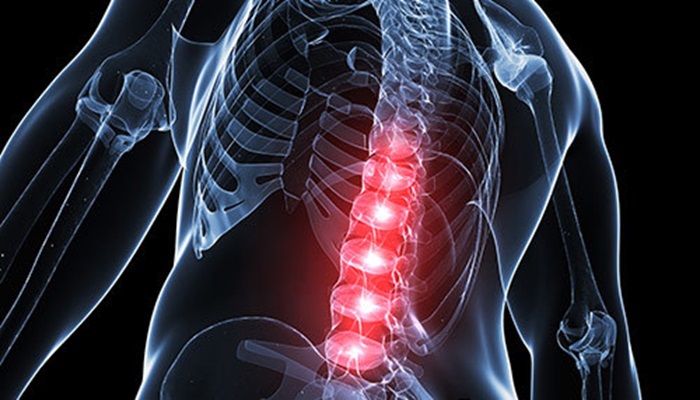Spina bifida is a complex and often misunderstood condition that affects the spinal cord and can have a significant impact on a person’s life. Let’s explore what it really is.
Spina bifida is a type of neural tube defect that occurs during early pregnancy, usually within the first few weeks after conception. The neural tube, which eventually forms the baby’s brain and spinal cord, fails to close properly. This can lead to a range of problems depending on the severity of the defect.
This is the mildest form of spina bifida. In this case, there is a small gap in one or more of the vertebrae of the spine. The spinal cord and the nerves usually remain undamaged, and many people with spina bifida occulta may not even know they have it. There might be a small dimple, patch of hair, or a birthmark on the skin over the affected area of the spine, but often there are no symptoms at all.
In meningocele, the protective covering around the spinal cord (the meninges) protrudes through the opening in the vertebrae. This forms a sac on the baby’s back. The spinal cord itself usually remains inside the spinal canal and is not damaged. However, the sac can be vulnerable to injury, and if the meninges become infected, it can lead to serious health problems. Surgery is usually required to repair this type of spina bifida.
This is the most severe form of spina bifida. In myelomeningocele, both the spinal cord and the meninges protrude through the opening in the spine. This can cause significant damage to the spinal cord and nerves, leading to problems with movement, sensation, and bladder and bowel control. Children born with myelomeningocele often require immediate medical attention and ongoing treatment throughout their lives.
The exact cause of spina bifida isn’t fully understood, but it’s believed to be a combination of genetic and environmental factors. Women who don’t get enough folic acid in their diet during the early stages of pregnancy are at a higher risk of having a baby with spina bifida. Other factors may include certain medications, diabetes, and a family history of neural tube defects.
The impact of spina bifida can vary widely depending on the type and severity of the condition. In addition to the problems with movement, sensation, and bowel and bladder control mentioned earlier, children with spina bifida may also face challenges with learning and development. They may have issues with hydrocephalus (a buildup of fluid in the brain), which can affect cognitive function. There can also be problems with the hips, knees, and feet due to the abnormal development of the lower limbs.
Treatment for spina bifida often involves a multidisciplinary approach. Surgery is usually performed soon after birth to close the opening in the spine and prevent further damage to the spinal cord. Physical therapy, occupational therapy, and speech therapy may be needed to help with mobility, daily living skills, and communication. Specialized medical care is also required to manage issues related to the bladder and bowel, such as catheterization and bowel management programs.
In conclusion, spina bifida is a complex condition that requires a great deal of understanding and support. By learning more about it, we can better assist those affected by this condition and work towards improving their quality of life. Early detection during pregnancy and proper medical management are key to helping children with spina bifida reach their full potential.
Read more
- Staph Infection Demystified: A Closer Look
- Uncovering The Bacterial Culprits Behind Diarrhea
- The Uncomfortable Truth: How High Blood Sugar Makes You Feel


